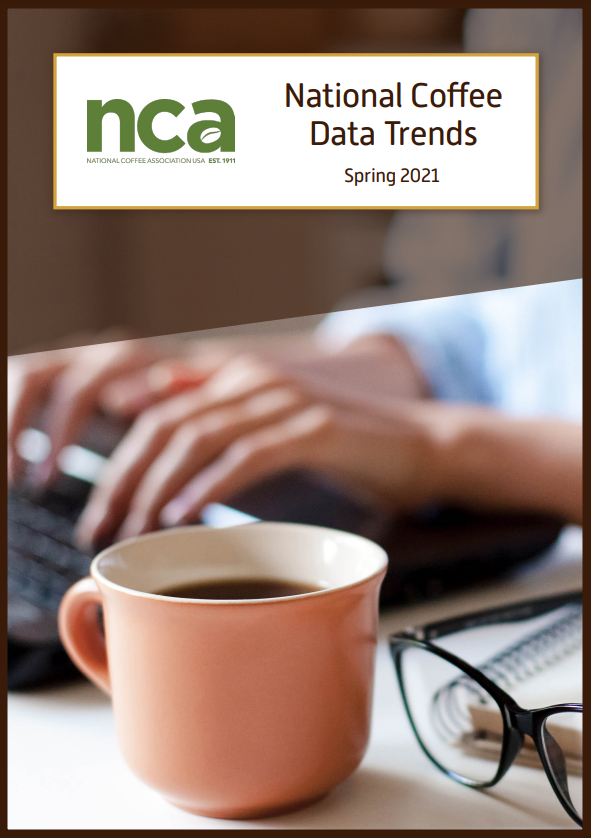The COVID-19 pandemic turned everything on its head, from how people understood their health, to work schedules, travel ability, and more.
One routine that has stayed constant, however, was America’s love for coffee. COVID may have changed where and how Americans drink coffee, but never how much. The latest edition of the National Coffee Data Trends (NCDT) report, released last month and based on surveys conducted in January 2023, illustrates coffee’s continued recovery, renewed growth, and unique staying power as COVID-19 has moved out of its most acute phases.
Unsurprisingly, due to quarantines and shifts to work from home in many industries, the pandemic resulted in a massive increase in drinking coffee at home and a similarly significant decrease in drinking coffee away from home.
Between January and July 2020, coffee consumption outside of the home fell by almost 20%. While past-day coffee drinking away from home remains below pre-pandemic levels, it has rebounded almost 13% since then, showing a clear path toward recovery.
Now that COVID restrictions have eased, coffee drinkers are returning to their pre-pandemic routines. 91% of past-week coffee drinkers now buy coffee away from home at least once per week.
And, as Americans are getting back to work in offices, coffee is getting back to work too. In the most recent polling, 32% of Americans reported having an in-office coffee station, up 6% since mid-pandemic (January 2021).
Coffee was not completely immune from lasting pandemic impacts, of course. Just like many restaurants continue to use QR-code menus, and office buildings keep refilling hand sanitizer dispensers, some new coffee habits appear to be here to stay.

The Spring 2021 NCDT report (mid-pandemic), found that 30% of Americans had discovered new coffees they could enjoy at home, and 23% had purchased a new coffee machine for their household. For some coffee drinkers, trying new things meant doing less work at home and leaning into convenience: between January 2020 and January 2021, drive-through usage among coffee drinkers skyrocketed by nearly 30%.
App usage also jumped significantly during the beginning of the pandemic. From January to July 2020, app usage among past-week coffee drinkers buying coffee outside the home jumped by more than 60%.
The appeal of options like drive-through, apps, and delivery seems to have staying power. App usage (29% of past-week coffee drinkers) has declined somewhat from its peak in July 2020 (39%) but remains above the 24% observed in January 2020.
Similarly, drive-through use (currently, 59% of past-day coffee drinkers who bought their coffee outside the home) has declined from pandemic peaks (62%) but remains well above the pre-pandemic rate of 48%.
In the face of the unprecedented challenges brought on by COVID-19, coffee has proven its remarkable resilience. The coffee experience has transformed — as have many aspects of our daily lives — but coffee seems to have weathered the pressure of the pandemic and come out maintaining its position as America’s favorite beverage.
Learn more about the NCA’s National Coffee Data Trends.



 By
By 








